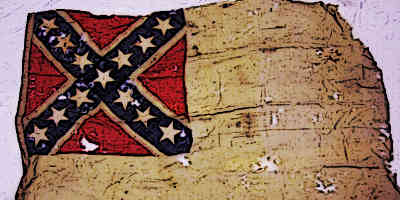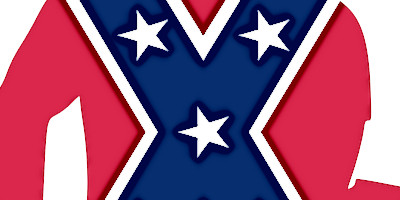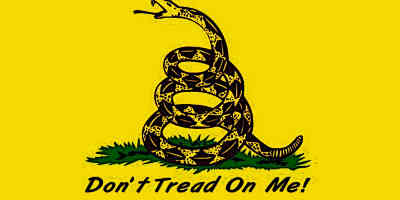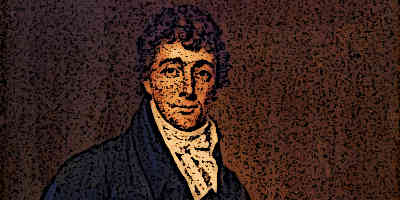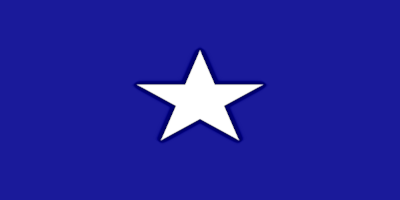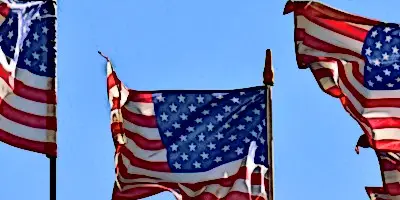Confederate Flag History & Meaning
The official Confederate flag looked a lot like the flag of the Union so had to be adapted
Gadsden Flag
The Gadsden Flag was a flag that was historically used during the American Revolution
Grand Union Flag
Grand Union Flag was the flag of the American colonies during the early years of the American Revolutionary War
History of the American Flag
A Brief History of the American Flag, perhaps the world's most famous and recognized flag.
The Bonnie Blue Flag
History of the Bonnie Blue Flag used by the Confederate States of America
Top 10 American Flags
During the course of its history, United States has seen a number of very important flags
Top 10 Facts About the American Flag
American Flag Facts Discover 10 Interesting and Surprising things about the American Flag
History of the American Flag
The American Revolutionary War broke out in 1775. This war was fought between the American colonies and the British forces.
During the war, American states elected a parliament of their own which was called the Continental Congress.
The second such Congress met in 1777 and was called the Second Continental Congress.
While the war was still going on, the Second Continental Congress decided that the newly-born USA should have a flag of its own. So Congress passed a resolution on June 14, 1777. This came to be known as the Flag Resolution.

In the Flag Resolution, Congress decided that the flag should have 13 red and 13 white alternating stripes. And the top left corner of the flag should have 13 white stars.
The total number of white stripes, red stripes, and stars were 13 because, at the time, the United States was comprised of 13 states.

Changes to the Flag
The Congress resolution didn’t provide all the details regarding the design of the flag. So many different versions of the flag came into being. Also, as the years passed, many changes had to be made to the flag.
For instance, as the number of states increased, the flag design was modified to include more stars representing the states.
The first major official change to the flag took place in January 1794 when the total number of stars and stripes was increased to 15.
In 1818, the total number of stripes was changed back to 13 in order to represent the original 13 states, and it was decided that the total number of stars would represent the total number of states.
In 1912, Congress resolved that the stars on the flag should be placed in rows of eight. When the number of states reached 50 in August 1959, Congress resolved that the stars should now be placed in rows of seven.
The role of Betsy Ross
According to the popular history of the American flag, Betsy Ross is famously regarded as the person who sewed the first American flag. Although this has been believed for many centuries, no one is sure if it is a fact or a legend.
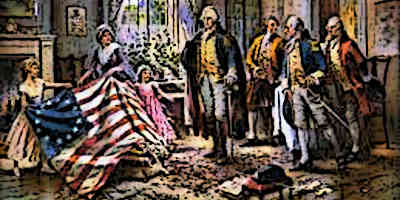
The Star Spangled Banner
One popular name for the American flag was the Star Spangled Banner. This name became popular in the War of 1812 when a star-spangled flag, representing the USA, was flown over Fort McHenry during the Battle of Baltimore.
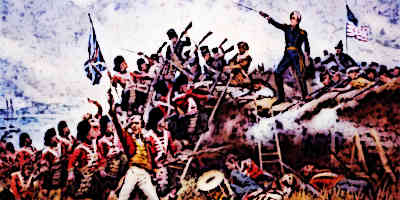
Inspired by this flag, Francis Scott Key wrote a poem about it. This poem was later adopted as the National Anthem of the USA.
American Flag Fast Facts
Learn More about the History of the American Flag at Wikipedia

